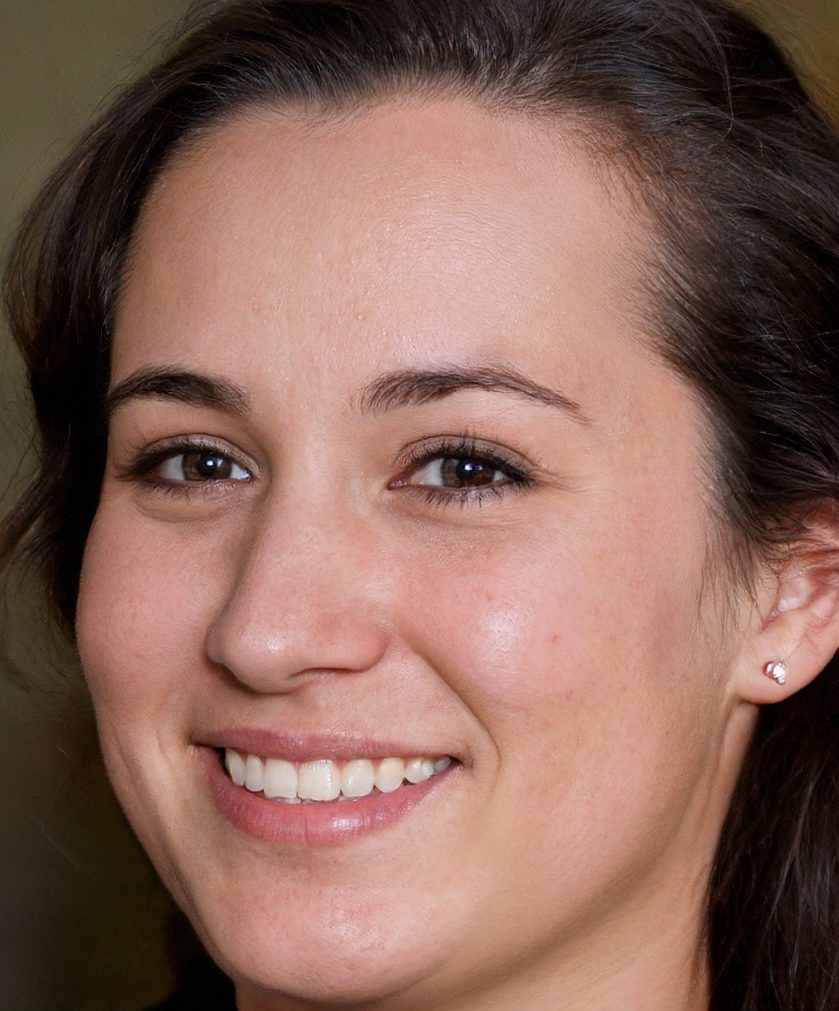A feedback loop describes a biological process where the output from a system either amplifies or inhibits it (positive feedback). These feedback loops can help living organisms maintain their homeostasis. This mechanism allows us to maintain a relatively constant internal environment. Negative feedback is used to maintain blood sugar levels and blood pH. The body reacts to a change (i.e. The nervous system senses a change in the body (i.e., blood glucose levels rise) and triggers an antidote hormone response. Positive feedback can be seen in the birth of oxytocin, which is a hormone that stimulates childbirth.
Negative feedback has a negative response. Positive feedback encourages change, while negative feedback slows down change. Positive feedback will increase the product’s value: it will cause more contractions and/or more clotting plaquelets. Negative feedback can result in a decrease of product quality, including less heat, pressure, and salt. Negative feedback can move away from the target point, but positive feedback can move towards it. Feedback control uses the system outputs to measure the outputs. If they are not in line with the desired output, the parameter is adjusted. These differences are usually caused by disturbances if the input doesn’t change. The output of the system provides feedback to the controller that quantifies the deviation from the desired state. This is independent of the cause.
Feedback control can be described as the direct action of a metabolite in a pathway to regulate a metabolic pathway. The pathway is either ‘upstream’ or ‘earlier. Feedforward control uses disturbances to measure the system and then calculates the controlled parameter using a logical approach. The system does not receive feedback. This is to determine if it is in the desired condition or if it is significantly deviated. The controller won’t react if the system outputs differ from the desired state due to disturbances that aren’t measured. Feedforward is the control of a metabolic path by a metabolism of the pathway that acts the same way as the metabolic flux. The pathway can be either downstream or ‘later’, e.g. activation pyruvatekinase through fructose-1,6-bisphosphate.
Use examples to briefly explain the difference between positive and negative controls. A positive control is an experimental control that gives positive results. It doesn’t have the independent variable being tested. It does however show the expected effect of the independent variable. Positive control can prove that equipment, protocols, and reagents are working properly. Positive control won’t produce the right outcome if experimental errors are made. Negative control, on the other hand, does not respond to treatment. Negative control is not a good choice for experiments. An experiment is incomplete without controls. They are essential for scientific experiments to eliminate biases and errors. For valid statistical analysis, the results of control experiments can be useful. Control treatments can increase the reliability of an experiment.
The positive control for toxicity testing would be medium with cells and a known toxic substance. The negative control would contain no toxic substance but medium cells.
A biomarker describes a characteristic which is used to determine normal biological processes. They are then verified, validated and developed to be biomarkers. Biomarkers can only be found through medical and clinical examinations such as lab tests, physiological function testing and imaging tests. In order to identify biomarker candidates, high confidence must be achieved. It is important to validate biomarker candidates that have been identified through discovery using large samples from a broad range patients. A verification step is used to screen potential biomarkers in order to avoid potential bottlenecks when validating a large number candidates. Verification requires high throughput and minimal sample preparation to provide high specificity as well as sensitivity.




